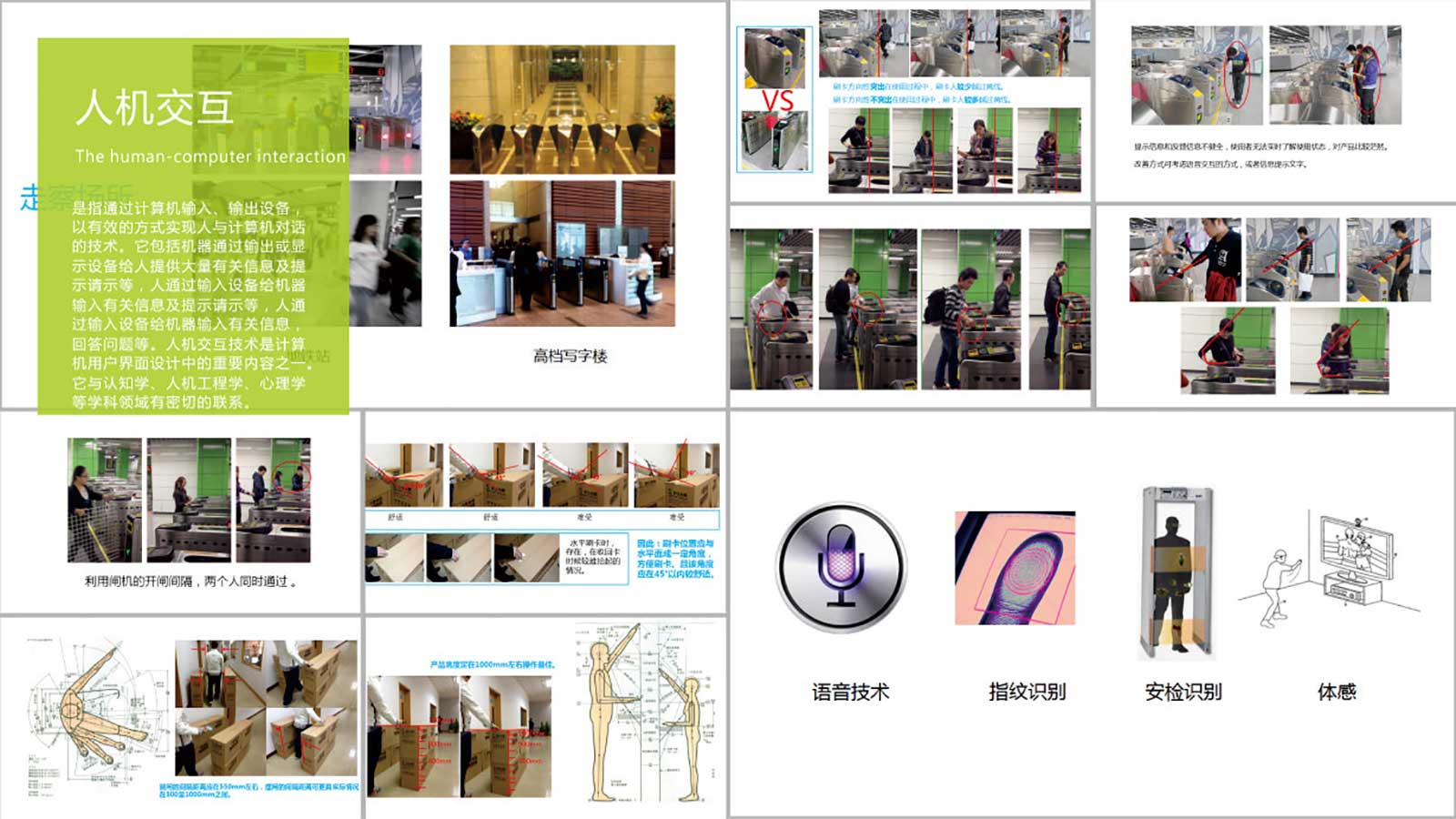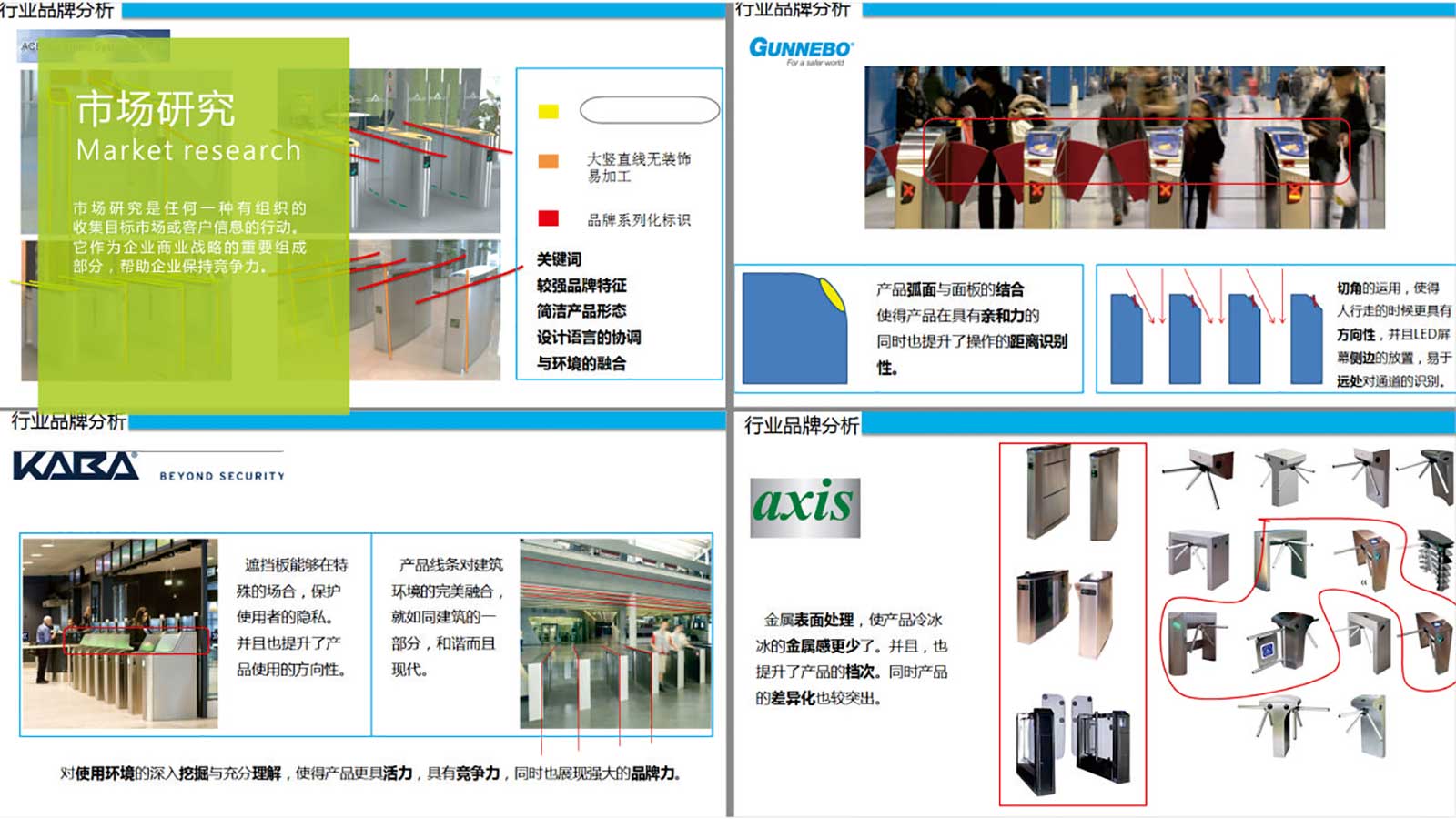, Product design analysis According to the needs of customers, combined with market research, analyze the function and process of the product, after a simple idea, draw the approximate shape of the product imagined by the brain on the paper, mark the functional module design, and then use professional software to model after determining the idea, and initially evaluate the feasibility of the design scheme. 2. The overall design and detail design determine the key functional modules of the product, and divide the design sequence of the whole machine into the principle of overall from large to small and details from inside to outside. 3. Part design The part design of the product can be plotted according to the main processing sequence, and the processing shape can be synchronized. In general, the more complex the structure and shape of the part, the more difficult it is to manufacture, assemble and repair, and the higher the cost. In the case of meeting the requirements of use, the structural shape of the part should be as simple as possible, reduce the number of machined surfaces and the machined area, and the less tolerance accuracy, the better. Parts that meet the accuracy may not be assembled, and the problem of dimensional chain needs to be considered and avoided in assembly design. 4. Functional module design The functional module design is similar to the overall design. It is also to first determine the overall installation situation, first make a preliminary planning structure for the process requirements and installation requirements, and then select the part materials, process treatment, and cost evaluation according to the use conditions, such as moving parts. The speed, center of gravity, torque, etc. need to be calculated, and the key parts should be optimized by finite element analysis of stress, deformation, and failure, finally, confirm whether the size and weight are consistent with the definition, whether the assembly sequence is consistent with the design, whether the module assembly accuracy is unstable due to human reasons, and whether maintenance is convenient for disassembly and assembly. 5. The selection and design of parts should make full use of other people's technical experience and resources. First, consider using standard parts provided in various design manuals or software to save design time and cost. For commonly used very standard parts, there will be no difference between self-production and outsourcing. You can first find relevant design model data from suppliers or online. Quality and delivery may be more advantageous for outsourcing. 6. Design inspection designers need strict requirements from the beginning of design, such as parts processing problems, tolerance dimensions, assembly technology, motion interference, stress conditions, etc. When designing parts, engineering drawings or machines, the most important thing is to check.



The copyright of this work belongs to 白狐设计. No use is allowed without explicit permission from owner.

New user?Create an account
Log In Reset your password.
Account existed?Log In
Read and agree to the User Agreement Terms of Use.

Please enter your email to reset your password
White Fox Industrial Design provides a one-stop management comprehensive service of product design, structural design, appearance design, medical device design, mold design and product production, manufacturing, and supply chain management for users with design needs. It is known as the most knowledgeable manufacturing design company.
Official website link: http://www.bifoxs.com.cn/
Contact: Mr. Wang 18818577695 (same as WeChat)